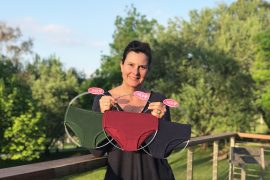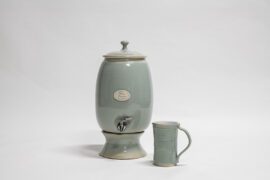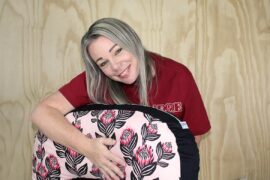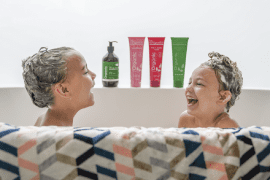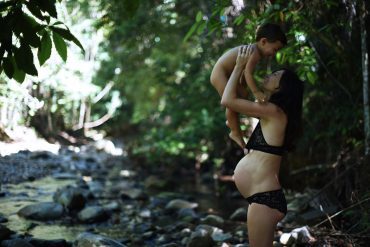When shopping for little shoes, many of us go with what we know – we buy mini versions of our shoes, like thick-soled sandals with arch support, or tiny brand name sneakers with high-grip soles. If they work for us, they’ll work for our little ones, right?
What we often don’t realise is that baby and toddler feet have unique needs as they grow and develop, and the wrong shoes can hamper their progress as they learn to walk and explore on their own.
First walker shoes should bend
A flexible rubber sole supports the natural movement of the foot and allows a child to feel the contours of the ground beneath their feet, which in turn reduces falls.
Rubber soles are also wonderfully light-weight. A thick or solid sole puts unnecessary weight and tension on little muscles that are still developing and trying to learn new walking skills.
Make sure their little shoes can bend and your little one will likely fall over less, they will get the hang of walking quicker, and their tiny muscles and feet will thank you.
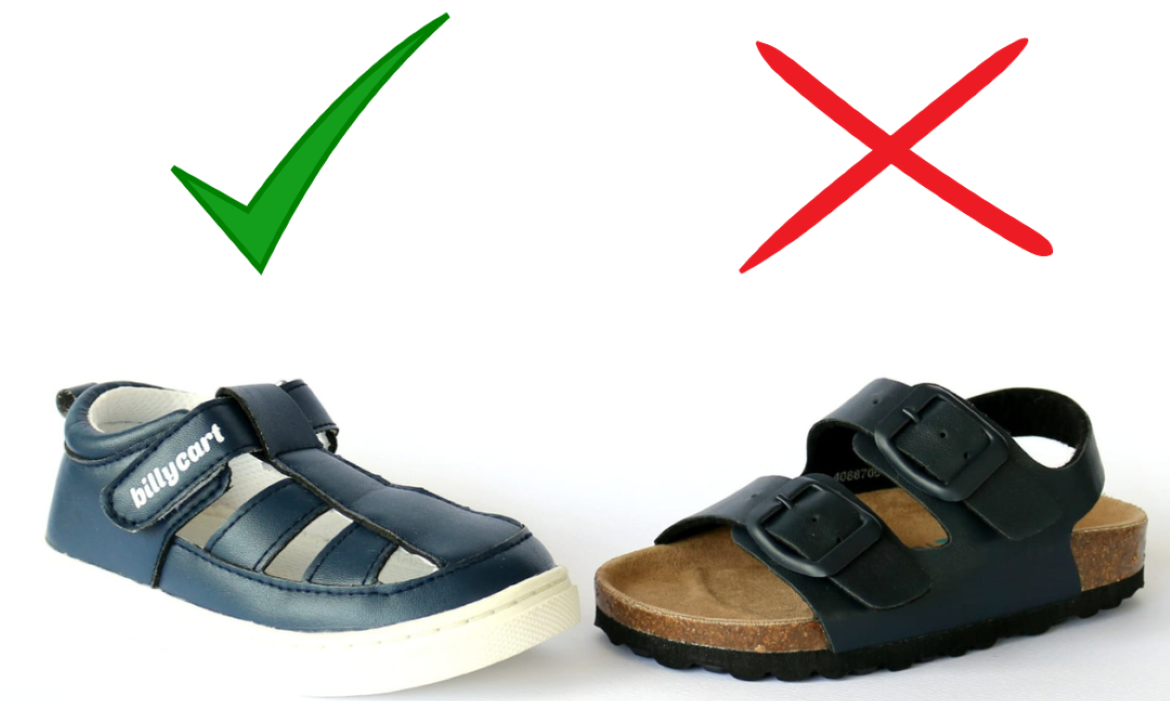
One of these shoes is not like the other…
Avoid shoes that have:
X Stiff hard soles that inhibit natural foot movement
X Unnecessary arch support – Arch support is not recommended for first walkers unless prescribed by a professional
X Complicated buckles that can’t be fastened independently
X Heavy materials that put extra strain on growing muscles
X Exposed toes that can be a trip hazard
X High-grip soles that increase falls by forcing a stop too suddenly
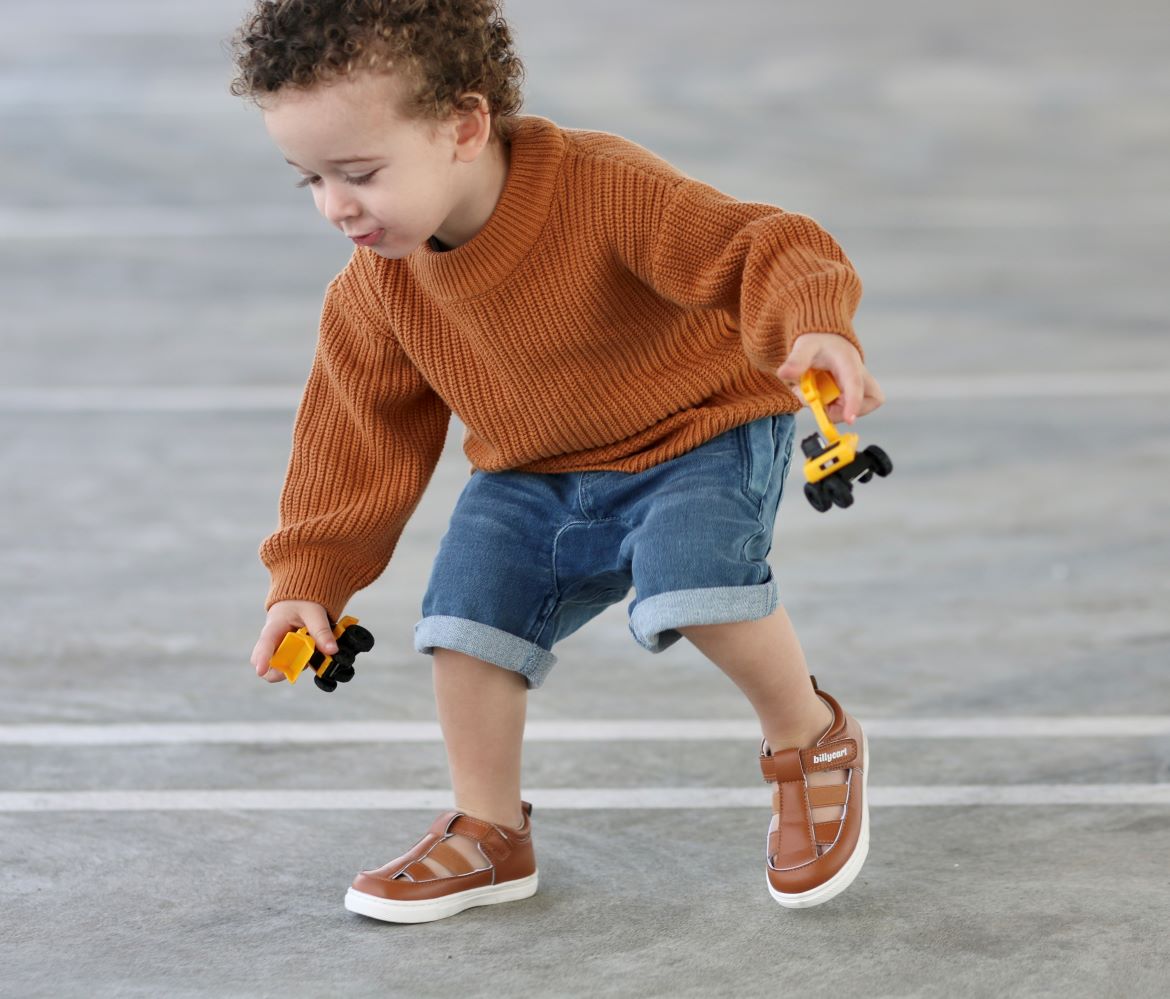
The perfect baby shoe has:
– Fully-flexible rubber soles that mimic barefoot walking
– Zero drop for natural foot position
– Easy access velcro
– Ultra light-weight
– Closed protective toe
– Low-grip soles recommended for first-walkers. They allow a child to catch their balance without increasing falls.
– Podiatrist endorsed



